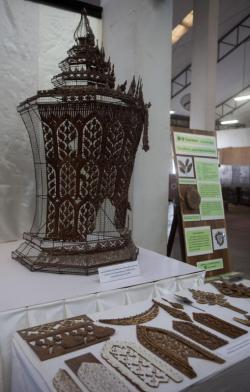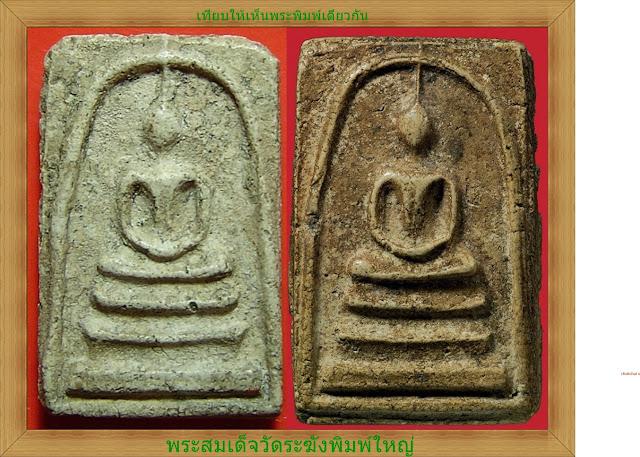100 Women 2016: Meet the orgasm doctors
By Phoebe Keane BBC World Service
You may be used to hearing about the female orgasm from
women's magazines rather than scientists, but researchers are slowly beginning
to study it - and often contradicting the advice columns. Part of the problem,
they say, is that the female body has been studied far
less than the male body and is far less well understood.
"I call it the ring of fire. It felt like fire in a circle
in between my legs and that was a constant feeling - it was burn-y itchy, and
then with intercourse or even a tampon it was like a serrated knife, very
painful."
Callista Wilson, a San Francisco fashion stylist, first
experienced this when trying to use a tampon at the age of 12. She was in her
20s before she finally saw a doctor.
"She seemed extremely puzzled that anything would be
wrong," Callista says. "She said: 'You look perfectly normal so I
would suggest you go to a therapist to talk about whatever's causing you this
pain, it must be in your head.'"
Image captionCallista Wilson consulted 20 doctors before her
problem was solved
And it was another 10 years before Callista got a proper
diagnosis.
Her sexual problems during this period affected every aspect
of her life, she says, leading to depression and the breakdown of her
relationship. Finally, after seeing 20 doctors, she found herself in the
waiting room of Dr Andrew Goldstein, director of the Center for Vulvovaginal
Disorders in Washington DC.
He told her that she had been born with 30 times the normal
amount of nerve endings in the opening of her vagina - which meant that when
her vagina was touched, it felt as though it was being burned. The solution was
to have a circle of skin at the opening of her vagina removed. Once that was
done, she was able to experience pain-free sex for the first time.
Callista's problem, known as congenital neuroproliferative
vestibulodynia, is not common. But one thing researchers have recently come to
understand is that the pelvic nerve system varies enormously from one woman to
the next.
When New York gynaecologist Dr Deborah Coady began to look
into the subject she found the nerves in the male genital region were fully
mapped, but there was no information about women. So she teamed up with
specialist surgeons and did the work herself, with interesting results.
"We've learned that there's probably no two of us that
are alike when it comes to the branching of the pudendal nerve," Coady
says.
"The way the branches [of the nerve] move through the
body leads to difference in sexuality, meaning what areas may be more sensitive
for one woman may not be for another."
The pudendal nerve is the most important nerve for making
orgasms happen - it's the one that links the genitals to the brain-firing
messages of touch, pressure and sexual activity.
Coady also found that each woman has a different number of
nerve endings at each of the five erogenous zones in the genital area - the
clitoris, the vaginal opening, the cervix, the anus and the perineum.
"This leads to why some women may be more sensitive in
the clitoral area, some may be more sensitive just in the vaginal
opening," she says.
And it is one reason why generic sex advice in women's
magazines is often unhelpful.
"Fifty per cent may respond the way the magazine
says," Coady points out. "But then there's going to be another bunch
that - due to their anatomy, and due to the fact that nerves vary in all of us
- may not respond like the magazine says."
For years we were told, 'Have a bubble bath, calm down,
listen to relaxing music, do deep breathing exercises, chill out before sex'Dr
Cindy Meston, University of Texas at Austin
Another big myth has been exposed at Dr Cindy Meston's
orgasm lab at the University of Texas at Austin.
When you think of a lab, you might think of lots of white,
hard surfaces, bright lights and microscopes, but this one is quite different.
People who take part in Meston's studies sit on a purple leather reclining sofa
opposite a widescreen TV and watch videos of people having sex.
From the next room, Meston monitors their heart rate and the
blood flow to their genitals, using a vaginal photoplathysmograph. Two inches
long and about the size and shape of a tampon, it is inserted into the vagina.
When switched on it emits a light, and by measuring how much light is reflected
back, the scientists are able to tell how much blood is flowing into the
vaginal tissue - and therefore how physically aroused the woman is.
The results of Meston's studies go against perceived wisdom.
"For years we were told, 'Have a bubble bath, calm
down, listen to relaxing music, do deep breathing exercises, chill out before
sex,'" she says.
I completed a residency in obstetrics and gynaecology
that was 20,000 hours - and I had one 45-minute lecture on female sexual
function Dr Andrew Goldstein, Center for Vulvovaginal Disorders
"But my research shows the opposite, that you actually
want to get women in an active state.
"So, you can run around the block with your partner and
get them to chase you around the block, or watch a scary movie together, ride a
rollercoaster together, even a good comedy act. If you really get laughing,
you're going to have a sympathetic activation response."
Meston is talking about the sympathetic nervous system,
which is responsible for subconscious muscle contractions that get us ready for
the flight or fight mode, like heart rate and blood pressure. She has found
that if this system is activated before sex it will help women respond more
intensely and more quickly.
It's quite the opposite for men.
For years it was assumed women worked in the same way as men
but Meston's work has shown this to be a mistake.
Andrew Goldstein has also been aware since his student days
that the female body and female sexuality is poorly understood.
"I completed a residency in obstetrics and gynaecology
that was 20,000 hours," he says. "I had one 45-minute lecture on
female sexual function and I can tell you what was said during that 45 minutes
was almost all completely wrong,"
Everyone's born out of a vagina, why don't we know more
about them?Callista Wilson
He adds: "Any sexual problem in women is given less
importance than any sexual dysfunction in men. I think that there's clearly a
double standard. Unfortunately it's obvious if men have sexual dysfunction, if
they have erectile problems, you can see that, [whereas] women are stigmatised
if they have any dysfunction. They are told it's in their head."
Meston says that it is hard to get funding for research into
female sexual pleasure - the female orgasm is not seen as a "significant
enough social problem", she argues. She also detects in the medical
establishment a puritanical disapproval of this area of study.
"There are a lot of conservative reviewers who don't
want to see federal funds going into sex research and so as a sex researcher
you have to be a little bit creative," she says. "I was told
straight-out to take 'sex' out of my proposal. They told me: 'You can talk
about well-being or marital satisfaction, but talking about sexual arousal or
orgasm as an ultimate end point will diminish your chances of getting
funded.'"
On one occasion she was invited to speak to a group of
retired academics, but was "un-invited" when the subject, Women's
Sexuality, was advertised.
"There was such resistance and horror that we'd be
talking about female sexual pleasure," she says. "I was horrified and
offended. It depressed me to tell you the truth. I thought we were at least
beyond that."
How does Callista Wilson feel when she hears about the
difficulty of carrying out the kind of research that brought to an end her
years of pain?
"Everyone's born out of a vagina, why don't we know
more about them?" she says.
"Why don't we care more about them? Why aren't we more
invested in them? This would benefit men and women to have more research and
funding and more conversations about this. It would only benefit
everyone."







